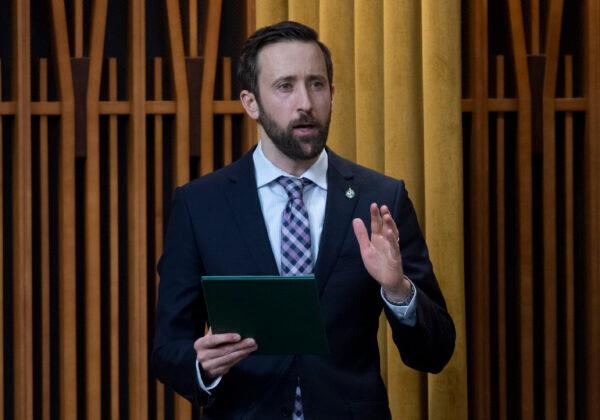Many countries have used mathematical models to make predictions on COVID-19 in order to be able to intervene effectively, but modelling has its limitations and putting too much emphasis on it may have misguided policy-makers, according to two reports.
“The COVID-19 pandemic, by virtue of its global scope and scale, has starkly revealed the limits of a time-tested medical epidemiologic model. It is too narrowly focused, contributing to missed opportunities at every step of the way,” says engineer and physician Dr. Harvey Schipper in a report for the Macdonald-Laurier Institute.





